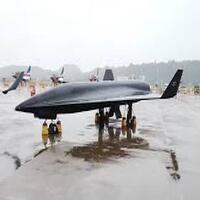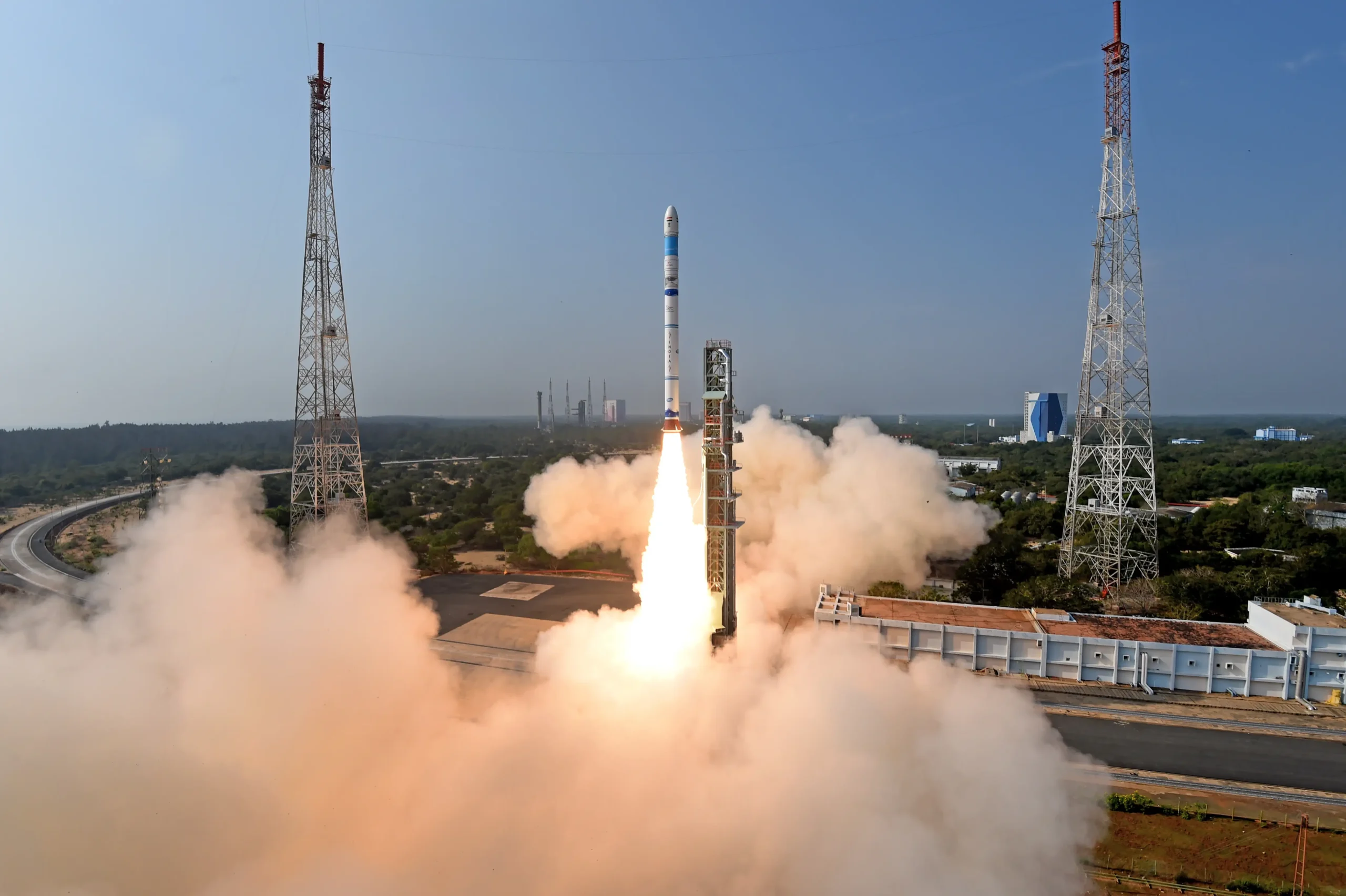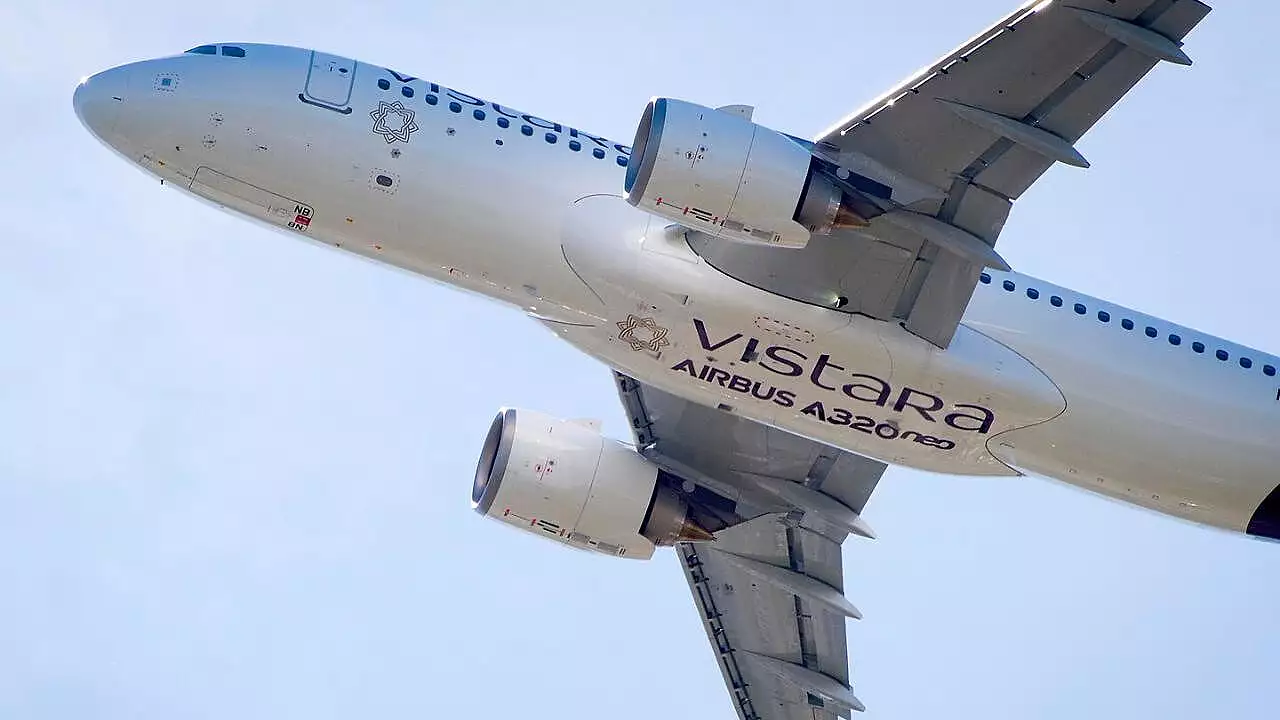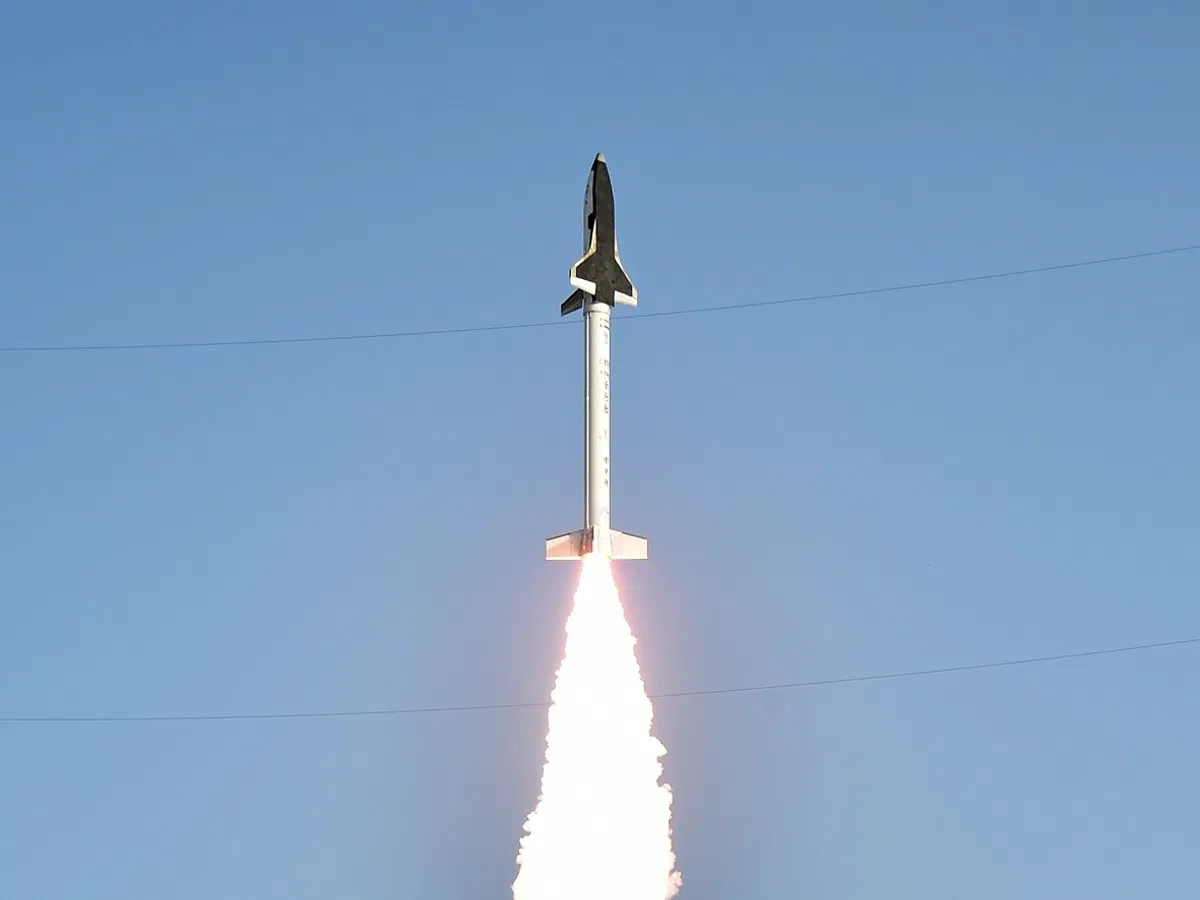
In July 2024, ISRO will test air-breathing hypersonic technology, marking a significant advancement in space exploration.
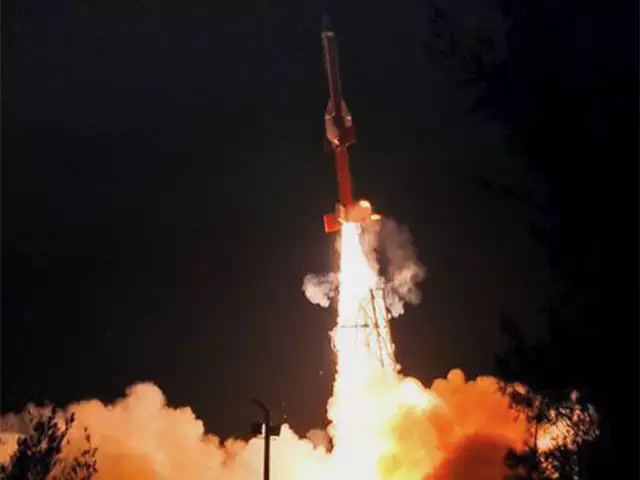
Under the direction of the Indian Space Research Organization (ISRO), India’s space exploration endeavors have continuously aroused global awe and fostered a strong sense of patriotism.. ISRO continues to push the frontiers of innovation and technology with every mission. An innovative development in aerospace technology, air-breathing hypersonic technology, is now scheduled for testing by ISRO in July 2024. This test has the potential to be a major milestone for the space community worldwide as well as for India.
On Monday (July 22), the Indian Space Research Organisation (ISRO) will test a new air-breathing propulsion system around 7:30 am IST from the Satish Dhawan Space Centre in Sriharikota. A specially modified Advanced Technology Vehicle (ATV) based on the ‘Rohini-560’ experimental rocket will be used for the flying test. The test objects that are put on this vehicle will demonstrate cutting-edge technical advances and capabilities.
My Exclusive: #isro will be testing an Air-breathing propulsion system mounted on RH-560rocket, tomo 22nd July
This is a follow-up to a 2016 test, where ISRO’s Scramjet engine achieved Hypersonic speed of Mach 6. Scramjet engine uses on-board Hydrogen, Oxygen from air pic.twitter.com/lCJZhyAKf2
— Sidharth.M.P (@sdhrthmp) July 21, 2024
What is Hypersonic Air-Breathing Technology?
In aerospace engineering, air-breathing hypersonic technology is a new way to propulsion. Air-breathing rocket engines uses oxygen which is naturally present in the atmosphere with plenty of supply to ignite with loaded fuel, unlike traditional rocket engines that carry both fuel and oxidizer. This technology improves performance and efficiency while also lowering the spacecraft’s weight.
The Science Behind Air-Breathing Engine Technology
The idea of a scramjet (Supersonic Combustion Ramjet) engine is the foundation of this technology. Scramjets work at supersonic speeds in contrast to traditional jet engines, which compress air at supersonic speeds prior to combustion. Through the aircraft’s rapid motion, they compress incoming air, combine it with hydrogen fuel, and burn the mixture to create thrust. Therefore, this means that the engine can reach hypersonic speeds, like Mach 5 (five times the speed of sound) or may be faster than that.
The Significance of Hypersonic Speeds
Reaching hypersonic velocity is a milestone for defense and space exploration uses. Here are a few explanations for this:
1. Takes less Travel Time: Travel times can be significantly reduced by hypersonic vehicles. For example, it would take less than two hours to go from New York to London.
2. Effective Satellite Launches: The expense and complexity of launching satellites can be decreased with the use of air-breathing engines. Fuel consumption can be reduced significantly and the payload capacity raised many times by utilizing atmospheric oxygen.
3. Benefits for Strategic Defense: Because of their extraordinary speed and agility, which make them very difficult to identify and intercept, hypersonic vehicles offer important advantages for strategic defense. This skill strengthens the defense of the country by enabling quick reaction to threats and making it more difficult for enemies to devise efficient countermeasures.
ISRO’s Journey to Hypersonic technology
The investigation of hypersonic technology by ISRO is not a new undertaking. The group has been working toward this goal steadily for a long time. The next trial has been made possible by several important breakthrough and tests.
Early Developments and Milestones
Early in the new millennium, ISRO conducted its first air-breathing engine experiments. The development trajectory consists of:
– 2016 Scramjet Engine Test: In 2016, ISRO accomplished its first step toward hypersonic flight with the successful testing of a scramjet engine. The engine was installed on an Advanced Technology Vehicle (ATV), which was launched and flew for almost 300 seconds at a height of 20 kilometers.
Reusable Launch Vehicle (RLV-TD): Another important project that has aided ISRO’s efforts toward hypersonic travel is the Reusable Launch Vehicle-Technology Demonstrator (RLV-TD). Through repeated mission reuse, the RLV-TD will definitely to lower the launch costs by significant margin which ultimately gives advantage to ISRO. Tests carried out in 2016 and 2019 proved that it could sustain re-entry at hypersonic speeds.
Also Read: HYLENR’s Cold Fusion Breakthrough: Revolutionizing the Global Energy Landscape with Infinite, Clean Power
Also Read: India Data Center boom to drive 10 billion USD Investment by 2026
Partnerships and Investigations
In addition, ISRO has conducted a great deal of research and worked closely with eminent aerospace specialists and institutions. This cooperative approach has improved ISRO’s technological capabilities and knowledge base, preparing the organization for the impending test.
The July 2024 Test: What to Expect
The aerospace community is eagerly awaiting the test in July 2024. The purpose of this test is to verify a number of important features of air-breathing hypersonic technology.
Objectives of the Test
1. Engine Performance: Evaluating the scramjet engine’s performance at hypersonic speeds is the main goal. This entails assessing thrust generation, combustion stability, and air intake efficiency.
2. Structural Integrity: Extreme aerodynamic forces and high temperatures are experienced by vehicles during hypersonic flight. The purpose of the test is to evaluate the vehicle’s and its parts’ structural integrity in these circumstances.
3. Data Collection: To guide future designs and advancements, a vast amount of data will be gathered throughout the flight. The temperature, pressure, and aerodynamic forces are all included in this data.
The Test Vehicle
An RLV-TD that has been modified will be the test vehicle. To transmit data in real time to ground stations, it will be outfitted with cutting-edge sensors and telemetry equipment. The vehicle will be launched on top of a solid rocket booster, which will help it reach the target speed and altitude before switching on the scramjet engine.
Challenges and Risks
Testing hypersonic technology is dangerous and difficult. The high heat and velocity involved can cause technical malfunctions. It is a difficult undertaking to make sure the scramjet engine starts and runs properly at hypersonic speeds. In addition, the vehicle’s structural integrity needs to be preserved in the face of strong aerodynamic forces.
Mitigation Strategies
ISRO has put into practice a number of tactics to lessen these hazards, including:
1. Comprehensive Ground Testing: The scramjet engine has undergone comprehensive ground testing to guarantee its performance and dependability prior to the flying test.
2. The test vehicle’s redundant systems make sure that data gathering and communication with ground stations don’t stop in the event of a primary system failure. The purpose of these backup systems is to take over automatically in order to preserve mission integrity and the constant flow of information to the ground control crew.
3. Simulation and Modeling: To anticipate and handle possible problems that can occur during the flight, sophisticated simulation and modeling approaches have been used.
The Future of Hypersonic Technology in India
Air-breathing hypersonic technology has successfully tested, which will give India new opportunities in space exploration and defense.
Space Exploration
Hypersonic technology has the potential to greatly lower costs and increase the frequency of satellite launches in space exploration. Additionally, the technology can be very important for expeditions to distant planets, where effective propulsion systems are necessary.
Defense Application
Hypersonic vehicles can provide tactical benefits in terms of maneuverability and speed for defense. They can be employed as a deterrence against possible threats, for payload delivery, and for reconnaissance.
Global Cooperation
The hypersonic technological developments of ISRO may also result in cross-border cooperation. Collaborative research and development initiatives can be advantageous for nations that have similar objectives in space exploration and military.
An enormous advancement will be made when ISRO tests air-breathing hypersonic technology in July 2024. This technology, which offers unmatched speed and efficiency, promises to transform both space exploration and defense. Up until now, the path has been characterized by rigorous investigation, copious testing, and tactical partnerships. There is tremendous potential for fresh discoveries and breakthroughs in aeronautical technology as the world observes this important test. India’s place in the international aerospace arena is going to grow significantly with ISRO leading the way.
